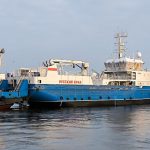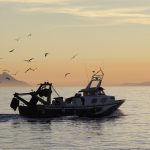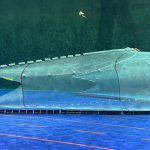It is said that the commercial fishing population hits 20,137 at the salmon-season peak each summer. It multiply jobs in seafood processing, transportation, management and other support services. Even the fishing industry-related jobs rise to at least 54,000 on average during the year. The state Labor Department has revealed these data in the November issue of it “Alaska Economic Trends,” which tracks employment in the fishing industry from 1988 through 2007.
It is said that fish harvesting jobs are tough to track because they don’t generate payroll records and other documents usually used to calculate employment. The state has projects under way to compile more information on the working profiles of the “boots on deck” fishermen, and their economic importance to coastal communities.
The data shows that Alaska’s fish harvesting employment decreased slightly in 2007, losing 54 jobs, a 0.7 percent drop. Fish harvesting jobs have fallen by 17 percent, or 1,446 jobs, since 2000, with half of that occurring in 2001-02 amid depressed salmon markets. Salmon provided the most fishing jobs, and 30 percent of those jobs were in Bristol Bay, where 2,303 permits were fished last year.
The data also showed that ground-fish landings in Alaska waters topped 4 billion pounds and generated 1,182 jobs in 2007; the halibut fishery put 1,246 fishermen to work. Alaska’s largest crab fisheries in the Bering Sea generated 418 jobs in 2007 — down 40 percent from 2002. The crab fleet declined from 252 boats in 2003 to about 75 boats for king and snow crab last year.








